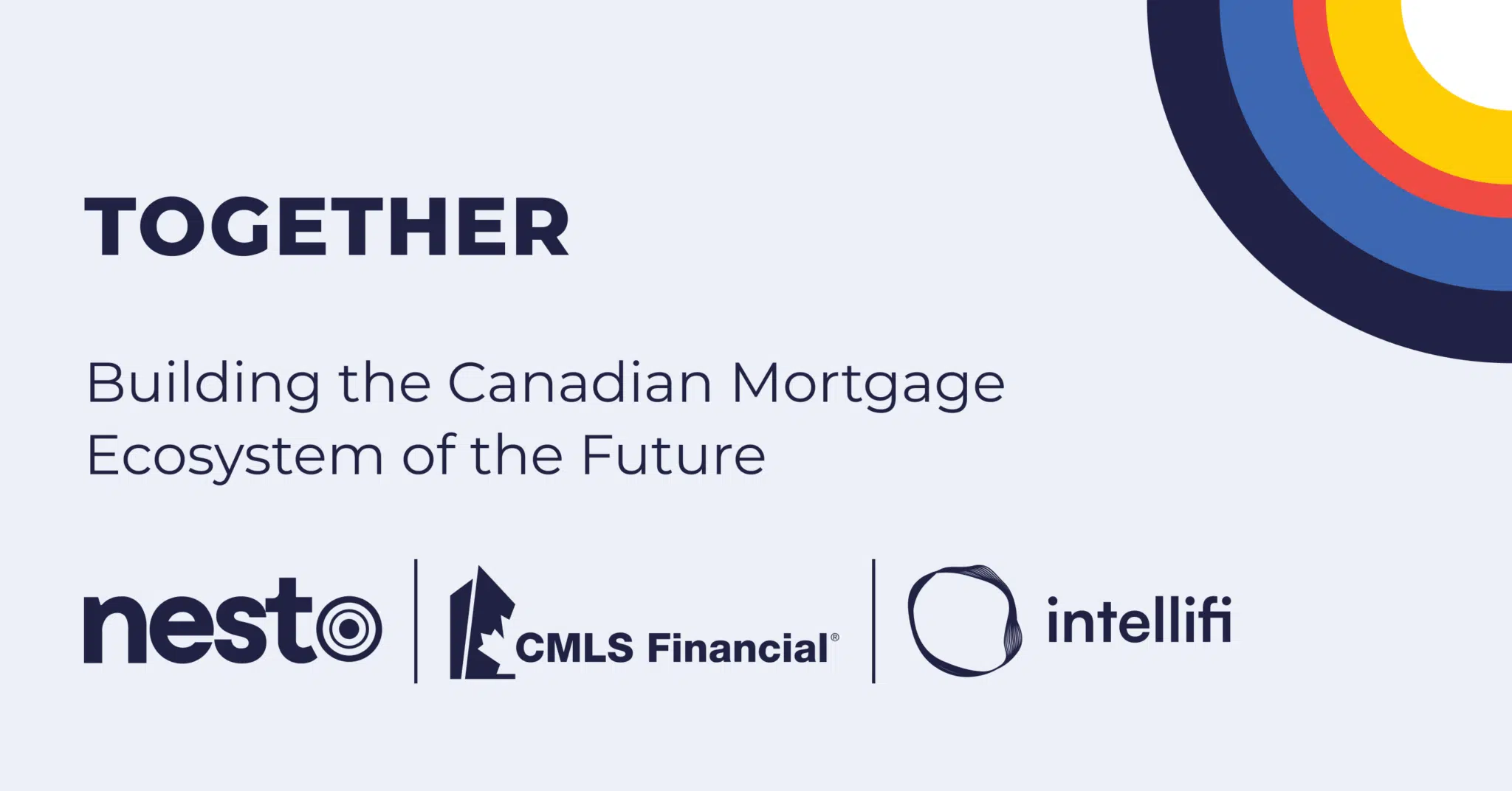Industry News #Home Buying #Real Estate
Industry News #Home Buying #Real Estate
Canada's 2023 Economic Statement: An Overview of Affordable Housing and Mortgage Relief Initiatives

Table of contents
As part of Canada’s Fall Economic Statement, the government outlined its Housing Action Plan, putting a spotlight on affordable housing and mortgage relief. It comes at a time when many Canadians are facing affordability challenges amid a severe housing shortage.
This post will highlight the housing initiatives from the statement, industry reactions, and the implications for homeowners and prospective buyers.
Key Takeaways
- The federal government announced an investment of $20.8 billion to boost the housing supply through various initiatives.
- Some of the announced initiatives will address housing shortages and the affordability crisis through funding to build affordable homes.
- The Canadian Mortgage Charter re-establishes guidelines and expectations for banks and lenders to help borrowers impacted by high interest rates.
What Were the Highlights of the Fall Economic Statement?
The 2023 Fall Economic Statement revealed a significant allocation of $20.8 billion in net new policy actions over 6 years for housing affordability initiatives. These plans include a series of spending and loan initiatives to boost the housing supply, address affordability issues, and offer mortgage relief.
As part of the 2023 Fall Economic Statements Housing Action Plan, the federal government has announced:
- An additional $15 billion in new loan funding to build more rental apartments faster
- An additional $1 billion over 3 years to build more affordable housing for vulnerable Canadians
- An investment of $309.3 million in new funding for the Co-operative Housing Development Program
- An agreement to build over 21,000 more homes in growing cities over the next 3 years
- A proposed $50 million over 3 years to support municipal enforcement of restrictions on short-term rentals
- Intentions to deny income tax deductions for owners of short-term rentals, including rental and interest expenses in provinces and municipalities where short-term rentals are prohibited
- A new Canadian Mortgage Charter building on existing guidelines and expectations
Government On Affordable Housing Initiatives
Canada is currently experiencing a housing and affordability crisis, with rising costs putting homeownership out of reach and rent unaffordable for many. CMHC has estimated that the country needs an estimated 3.5 million additional housing units by 2030 to restore affordability. The federal government has announced further investments as part of the Housing Action Plan to jumpstart new construction projects across Canada.
Affordable Housing Fund
The government plans to invest an additional $1 billion into the Affordable Housing Fund over 3 years, starting in 2025-26, to build more affordable housing for Canada’s most vulnerable. This funding aims to construct over 7,000 affordable housing units supporting non-profit, co-op, and public housing providers to ease the housing deficit.
Apartment Construction Loan Program
The Apartment Construction Loan Program will receive $15 billion in new funding to build more rental apartments faster. This program boosts the construction of rental housing by providing low-cost financing to builders and developers. Starting in 2025-26, this allocation is intended to support the construction of more than 30,000 additional new homes, boosting the rental housing supply in areas of high demand. This addition of new homes will bring the program’s total to over 101,000 new homes by 2031-32.
Municipal Agreements
The federal government is working with municipalities across Canada to speed up the approval process by eliminating bureaucratic hurdles and red tape to rapidly increase the housing supply. As part of the Housing Accelerator Fund, the federal government has already signed agreements with 9 cities across Canada and, most recently, with the province of Quebec.
The agreements to date include:
| City | Number of Homes |
|---|---|
| London, Ontario | 2,000 |
| Vaughan, Ontario | 1,700 |
| Hamilton, Ontario | 2,600 |
| Halifax, Nova Scotia | 2,600 |
| Brampton, Ontario | 3,150 |
| Kelowna, British Columbia | 950 |
| Kitchener, Ontario | 1,200 |
| Calgary, Alberta | 6,800 |
| Moncton, New Brunswick | 490 |
Additionally, an agreement on Nov 9th with the province of Quebec will deliver $900 million in federal funding with a matching investment from the province for a combined total of $1.8 billion in new funding. This will create 8,000 social and affordable housing units, with 500 allocated for those who are homeless or at risk of homelessness.
Measures to Address Canadian Mortgage Renewal Shock
Recent increases in interest rates will mean many Canadians will face higher interest rates at renewal. This has left many homeowners up for renewal over the next few years, worried they will face payment shock at renewal. The Fall Economic Statement announced measures to provide mortgage relief for vulnerable borrowers concerned about the increase in their mortgage payments.
Canadian Mortgage Charter
The Canadian Mortgage Charter adds to the already established guidelines for how banks and lenders should treat borrowers. This set of guidelines and expectations has been designed to help borrowers stressed by higher interest rates to help keep them in their homes. The Mortgage Charter sets clear expectations for financial institutions and strengthens protections for borrowers.
Many of the relief measures in the Canadian Mortgage Charter already exist under the Financial Consumer Agency of Canada (FCAC) Guideline on Existing Consumer Mortgage Loans in Exceptional Circumstances, which sets expectations for Federally Regulated Financial Institutions (FRFIs). One of the other relief measures relating to the stress test for insured mortgages was previously outlined in OSFI’s response to Guidelines B-20.
Guidelines and Relief Measures
The government has proposed several relief measures as part of the Canadian Mortgage Charter that will:
- Allow for the temporary extension of amortization periods for mortgage holders at risk;
- Waive fees and costs otherwise charged for relief measures;
- Not require those with insured mortgages to re-qualify under the stress test when switching lenders at renewal;
- Give homeowners at risk the ability to make lump sum payments to avoid negative amortization or sell their principal residence without prepayment penalties;
- Not charge interest on interest in the event mortgage relief measures result in a temporary period of negative amortization;
- And require homeowners to be contacted 4-6 months before their mortgage renewal to inform them of their options.
Initial Reactions and Industry Advocacy
Some in the industry have applauded the government for recognizing that Canadians are struggling; others aren’t sure if these measures will prolong the issues the housing market currently faces.
Industry Responses
Chartered Professional Accountants of Canada (CPA) responded that they were happy the federal government is setting guidelines for banks and lenders to help those impacted by higher interest rates.
TD Cowen analysts believe the charter will have implementation issues despite the meaningful changes. Additionally, they noted that the relief set out in the charter could have a material impact on bank earnings and growth, though, at this time, the impact cannot be quantified.
Mortgage Professionals Canada’s Perspective & Recommendations
Mortgage Professionals Canada, while appreciating the government’s efforts, has called for additional measures to alleviate the burden on borrowers. These include eliminating the stress test on all mortgage renewals, switches, and transfers to provide more choices when up for renewal. Currently, only 27% of mortgages are insured, leaving the majority to face the stress test at renewal if they want to switch to a new lender for better rates or terms.
Other measures that Mortgage Professionals Canada would like to see include:
- A return to 30-year amortization periods for insured mortgages.
- Increase the insured mortgage cut-off from $1 million to $1.25 million and index it to inflation to better reflect current home prices.
- Granting digital income verification tools to the mortgage industry to better help crack down on fraud.
- Establishment of a permanent housing roundtable to bring together all orders of government, industry, and not-for-profit sectors.
Frequently Asked Questions
What is the Housing Accelerator Fund?
The Housing Accelerator Fund, launched in March 2023, was created to help cut red tape, break down local zoning barriers, and create conditions to help rapidly increase the housing supply. The fund aims to fast-track the creation of at least 100,000 new homes across Canada.
How will the Canadian Mortgage Charter aid borrowers?
The Canadian Mortgage Charter builds on already existing guidelines and expectations for how financial institutions and lenders should work with borrowers. This charter is a set of government recommendations for banks and lenders. The policies may help some borrowers facing financial challenges due to high interest rates.
More importantly, it highlights the ability of previously-insured mortgage holders to switch lenders without needing to be stress-tested again. This makes it easier for borrowers to qualify with non-bank lenders who typically offer lower mortgage rates in Canada. It also creates efficiencies in the market by transferring risk in Canada’s mortgage market by disbursing lower-risk insured mortgages to non-bank lenders.
Here is a typical example of how much Canadians could save on their next mortgage renewal with nesto:
nesto’s lowest vs Big Bank insured mortgage rates
Results
For today, {date}, nesto’s {term}-year {type} mortgage rate is {bps} bps ({bps_percent}) lower than the similar average at Canada’s Big 6 Banks. On a {mortgage_ammount} mortgage over a {amortization_period}-year amortization, with nesto your monthly payment would be {nesto_monthly_payment}, saving you up to {monthly_savings} on your monthly payment. This equals {savings_interest} in interest saved while allowing you to pay down {extra_payment} extra on principal over your term.
Who is considered a vulnerable borrower in Canada?
The Canadian Mortgage Charter doesn’t define what they consider a vulnerable borrower; however, FCAC uses the term consumer at risk when referring to borrowers at risk of mortgage default.
Final Thoughts
The Canadian Government’s Fall Economic Statement signals a step toward addressing the housing shortage and affordability crisis while offering a set of guidelines for mortgage relief. The outlined initiatives and the Canadian Mortgage Charter aim to protect borrowers facing mortgage renewal shocks and boost the nation’s housing supply. It will be interesting to see if these initiatives have a significant impact on Canada’s housing affordability in the years to come.
Becoming a homeowner sooner is the only guarantee to keep your housing cost affordable. If you can’t wait for a couple more years for the government’s housing affordable housing plans to come to fruition and have the means to purchase a home now, reach out to nesto’s mortgage experts and learn how we can help make your homeownership dreams a reality.
Ready to get started?
In just a few clicks, you can see our current rates. Then apply for your mortgage online in minutes!















